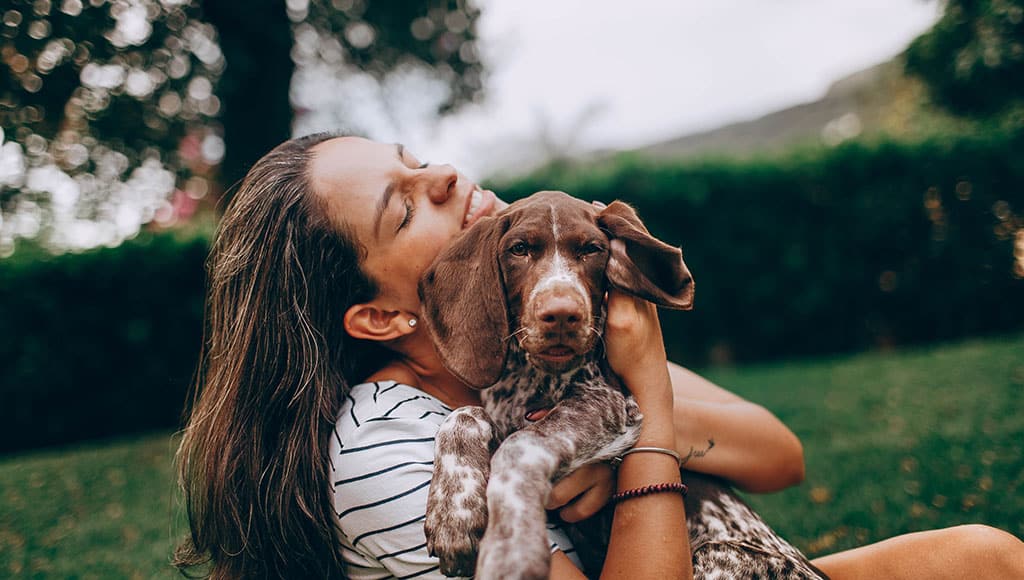I have this theory that all dog owners resemble their pets. If you don’t believe me, take a moment, look around, and check for yourselves.
Very soon you will find that my hypothesis is true. And it is not only the similarity in physical appearance that will astound you, but even the personality of the pets, sort of, rubs off on the owners and is, therefore, identical.
Sometimes it can also be the other way around with the canine imitating the temperament of their master or mistress, to perfection. However, the end result remains the same.
Michael Roy at the University of California, San Diego, was one of the first psychologists to put the idea to the test. Going to three nearby dog parks, he photographed the pooches and their owners separately, and then asked a group of participants to try to match them up.
Despite no additional cues, he found that they were able to work out who lived with whom with reasonable accuracy. Admittedly, the result only holds for pure-bred dogs (not mongrels) and it is sometimes based on superficial appearances: women with long hair are more likely to prefer dogs with long, floppy ears, and heavier people tend to have fatter dogs.
Yet, it also shows itself in more subtle features, such as implicit differences in the shapes of the eyes that are shared between the dog and the person. In reality, when the eyes of the photos were covered, it became much harder for participants to make the connection.
Right! So, why do we choose pets who resemble us? Perhaps the reason that we select these extremely compatible companions to share our lives with is because the average dog age does outlive the average marriage age, which is 13.6 years in mostly rich countries of the OECD.
Scientists have now proven that a dog’s personality is strongly linked to that of its owner. Also, a calm human usually picks a serene dog while an anxious person will adopt a frightened one. Most vets claim that people do this instinctively and on a subconscious level.
Moreover, owners report that dogs with specific traits are simpler to train than others. For instance, excitable and happy dogs need minimal effort to coach, while fearful and anxious dogs are more challenging. Age is also strongly correlated with trainability. Puppyhood to middle age is prime for training, but, after that, the dogs become a bit set in their ways. Hence the saying, ‘you can’t teach an old dog new tricks’.
While one may think that it is impossible to love their pet too much, highly attached owners were found to be prone to having a dog with separation anxiety.
Recently, I witnessed my octogenarian father-in-law feeding his one-year-old brand-new puppy. The dog was lying on his back and would not eat till a specific flavour of cream cheese was hand sprinkled on his meal. Also a particular ditty praising his looks had to be recited in a singsong voice.
‘You are so beautiful’, my father-in-law sang.
‘I didn’t know you could sing’, my husband exclaimed.
‘The most handsome of all’, my father-in-law continued.
‘You never sang for me’, my spouse complained.
‘Hush! The puppy will stop eating’, my father-in-law scolded.
The pup stopped eating and his angry expression mirrored that of his master.
‘It’s a dog’s life, I swear’, swore my husband, retreating from the room.
By Nickunj Malik
|| features@portugalresident.com
Nickunj Malik’s journalistic career began when she walked into the office of Khaleej Times newspaper in Dubai thirty-one years ago and got the job. Since then, her articles have appeared in various newspapers all over the world. She now resides in Portugal and is married to a banker who loves numbers more than words.




















